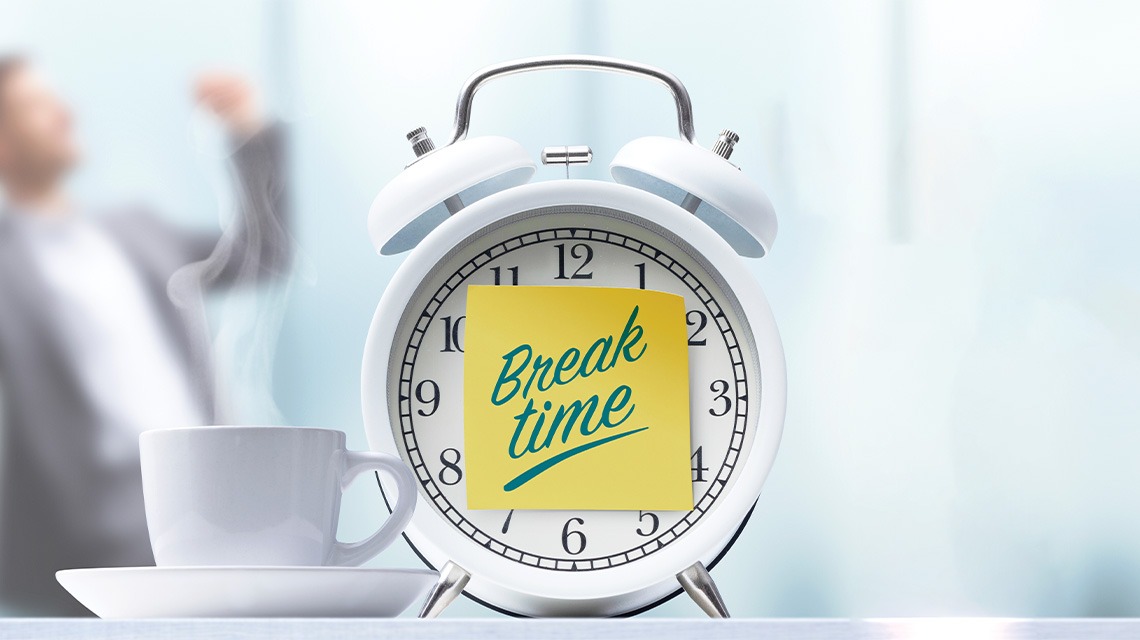How to design events that people remember
In an age of information overload and a constant battle for attention, making an event experience memorable becomes a mission-impossible type of task. However, by understanding how brains work and applying scientific insights to event planning, you can activate participants’ memories and create memorable experiences.
Here’s how.
Break It Till You Make It
Just a few years ago, back-to-back sessions were common at events. A packed, tight agenda seemed a great way to justify the event price and demonstrate the effort the organizers put into programming. It took event organizers a long time to realize this is not the right approach—unless you don’t care if your attendees remember anything. The better way? It’s simple: balance your agenda by including breaks.
Read More: Elevating Event Experiences
Science solidly supports this approach. The human mind can only process a limited amount of information at a time, and overload leads to cognitive fatigue and poor retention. By adding breaks, we give our brains a much-needed opportunity to move information from short-term to long-term memory. In essence, breaks help people remember more of what they’ve just learned. Additionally, some studies suggest that during the process of learning new skills (something your attendees typically seek at your event), taking breaks is as critical as practice.
However, if you’re considering those quick 5-minute restroom breaks you’ve often utilized, they won’t suffice. Follow these tips to optimize breaks:
- Diversify break types (consider active exercises, reflective writing, or alone time).
- Extend the duration of breaks.
- Make breaks as important as everything else on your agenda—and make sure your attendees know why.
Tugging at Heartstrings
“People will forget what you said, people will forget what you did, but people will never forget how you made them feel”. This famous adage has been heard countless times. It turns out that this is more than just a catchy line, based on what neuroscience teaches us about the connection between memory and emotions.
There is a close connection between the amygdala and hippocampus, which are responsible for memories and emotions. Researchers found that when people remembered things that were emotional, regardless of their good or bad feelings, their brains were more active. In 2015, a groundbreaking study revealed that emotions directly affect memory and learning processes.
For your event design, this means the emotional aspect should come first in order for any element to be memorable. Ask yourself:
- How will it make people feel?
- Is the timing right to invoke X emotions?
- Does the emotional response I expect align with the event’s intended message or purpose?
Forget-me-not
Creating memorable experiences also requires an understanding of how people forget. A famous Ebbinghaus Forgetting Curve illustrates how quickly memories fade with time. While you might assume attendees leave your webinar or conference with a treasure trove of new knowledge, the reality is they’ll retain only about 60% after 20 minutes, and a staggering 75% will slip from memory within six days. With a general information overload on top of that, you’ll see why it’s crucial to remain on your attendees’ minds at all times.
Read More: 4 Hotels with Unforgettable Drinking Experiences
How can you achieve this?
- Strengthen your pre- and post-event strategy: host post-event sessions for recaps, organize pre-event teaser meet-ups or consider launching a podcast. These efforts serve as reminders about the topics your attendees came to explore, helping beat the forgetting curve and bolster learning outcomes.
- Engage multiple senses. Information presented in a multisensory format creates stronger memory associations, which make experiences more memorable.
- Leverage language powerfully: just as a catchy slogan or event name sticks in people’s minds, every piece of your event communication should aim for memorability. Experiment with sensory and action-oriented words to make your message unforgettable.
Conclusion
If your attendees didn’t form memories of the event, it doesn’t exist in their minds; it’s as if they never attended. Memory, therefore, is a crucial consideration in the event design process.
“If your attendees didn’t form memories of the event, it doesn’t exist in their minds.”
By crafting experiences that resonate with the way people remember and forget, you ensure that your attendees not only have a great experience but also have long-lasting memories of it. Ultimately, these memories will solidify your event’s impact, ensuring that attendees carry forward its essence and significance long after the event has ended.
—
Victoria Matey is an event psychology advisor, co-founder of Matey Events and a Smart Women in Meetings Award winner.
This article appears in the January 2024 and January/February 2024 issues as “Mastering Meeting Memories.” You can subscribe to the magazine here.





